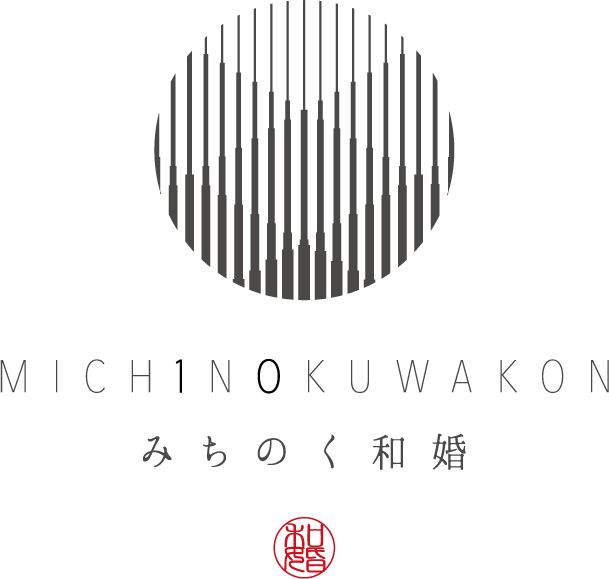Shiogama Shrine Japanese Wedding Ceremony
Shiogama Shrine Japanese-style wedding ceremony is the most prestigious wedding ceremony in Tohoku.
Japanese wedding ceremony at Shiogama Shrine
Why not hold a solemn Shinto ceremony at the Shiogama Shrine in Shiogama, Miyagi Prefecture?
A traditional and prestigious Japanese wedding ceremony at a venerable shrine, the most prestigious in Tohoku, is a traditional and prestigious Japanese wedding ceremony.
We offer traditional Japanese wedding ceremonies with traditional white kimono or colored wedding gowns.
A Japanese-style wedding ceremony at Shiogama Shrine, where the beauty of the four seasons - cherry blossoms in spring, fresh greenery in summer, autumn leaves in fall, and snowy landscapes in winter - is a photo-worthy experience.
Michinoku Wakon produces Japanese style wedding ceremonies.
The beginning of an eternal bond exchanged at a shrine with a history of over 1,200 years will be deeply engraved in the hearts of the bride and groom and all attendees.
Shiogama Shrine Japanese Wedding
Cost and Application
A sacred vow spun by a history of 1,200 years

The Shinto Ceremony at Shiogama Shrine is a unique and special ceremony performed in the solemn atmosphere of a historic shrine with a history of over 1200 years. Under the watchful eye of Shiotsuchi-no Oji-no-Kami, Japan's foremost salt god, couples pledge their eternal love in a traditional ceremony that is steeped in ancient rites and rituals.
At Michinoku Wakon, a formal Shinto ceremony in the main shrine hall of the Yanagama Shrine and a wedding ceremony in kimono at a shrine located on a hill overlooking the town of Yanagama will provide a lifetime of memories that will be deeply etched in the memories of the couple and their attendees.
Flow of events leading up to the wedding
-
Select a shrine or temple and make a reservation or application
Please select the shrine or temple where you wish to hold your wedding ceremony and make a direct reservation. Kindly submit the wedding application form to the shrine or temple. Depending on the shrine or temple, a personal consultation may be required, so please be sure to confirm the details in advance.
-
Apply to us
Please read the terms and conditions enclosed in the materials we send you. If you agree to the terms and conditions, please fill out and sign the formal application form and return it to us ( Sorachine Harmony Co., Ltd.). Please transfer the application fee of 100,000 yen to the designated account.
-
costume selection
Please visit our partner bridal shops to select your attire. Reservations through our company are required for viewing before finalizing your selection. Attire for your guests can also be chosen at partner shops near their residence.
-
Meeting, option selection, beauty rehearsal
We will proceed with the wedding meeting by e-mail or phone. We will also suggest various options such as the bride's bridal gown and wig, photography (photos and movies), and post-wedding dinner, according to the couple's wishes. We can also arrange for a wig fitting along with costume selection at our affiliated costume stores nationwide. Beauty rehearsals can be held the day before the wedding, so there is no need to come here just for the rehearsal.
-
Payment
Final items and billing amount will be finalized and an invoice will be issued 2 to 1 week prior to the wedding. Fees must be transferred to the designated account at least 2 days before the wedding (2 business days before the financial institution).
Shiogama Shrine|Flow of the Shinto Ceremony
-
making a report (to a superior)
The priest leads the bride and groom into the ceremony hall.
-
purification rite (esp. one held prior to a Shinto event)
The bride, groom, and attendants of both families are purified before the wedding ceremony is performed in front of the shrine.
-
ritual prayer service (e.g. for the repose of a soul)
The Saishu reports the bride and groom's good fortune to God.
-
(ceremony of) consecration of the sanctum sanctorum
The bride and groom are firmly united in this ceremony by drinking sake given to them by God.
-
exchange of rings
Exchange rings. (only if you wish)
-
pronouncement of the oath of allegiance
The bride and groom read their wedding vows before God.
-
praying reverently on a branch of the sacred tree
Put your feelings into the tamagushi and offer it to God.
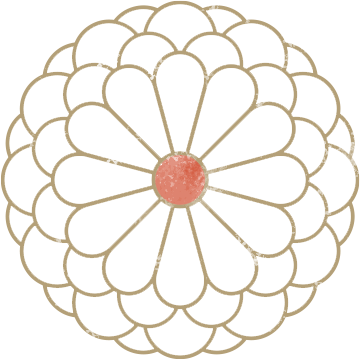
What is Shiogama Shrine? History and Origin

The Shiogama Shrine was founded in 828 A.D. by the 54th Emperor Junwa at the behest of the Emperor. It is revered as Japan's number one god of salt and is affectionately known as "Shiogama-sama. The main deity is Shiotsuchi no Oji no Kami, who is believed to bring many benefits such as safety at sea, satisfaction from big catches, safety in the home, and prosperity in business.
The shrine is located on a hill overlooking Shiogama Bay, and visitors must climb 202 stone steps to reach the shrine grounds. These steps are called "Oshu Ichinomiya Sando," and are considered an important place for worshippers to purify their bodies and souls.
Over its long history of more than 1200 years, the shrine has been revered by many military commanders, including Minamoto no Yoritomo and Date Masamune. Date Masamune, in particular, had great devotion to Shiogama Shrine, and restored and donated the shrine buildings. The current shrine pavilion was rebuilt in 1704 and is designated as a National Important Cultural Property.
The Shiogama Minato Matsuri, held every July, is the annual festival of the Shiogama Shrine, and includes a portable shrine procession and the Shiwahiko Shrine and Shiogama Shrine Mikoshi, which is kept in the Shiogama Shrine Treasure House. This portable shrine is designated as a National Important Tangible Folk Cultural Property.
The most prestigious in Tohoku
The most prestigious and historic shrine in Tohoku as the first shrine in Oshu
Japan's foremost salt god
Japan's largest shrine of the god of salt, enshrining Shiotsuchi no Oji no Kami
guardian deity of the sea
Worshipped as a guardian deity that brings blessings from the sea with the blessings of safety at sea and satisfaction from a great catch of fish.
How to get to Shiogama Shrine
| address (e.g. of house) | 1-1 Ichimoriyama, Shiogama-shi, Miyagi 985-8510 |
|---|---|
| public transportation |
|
| Access by car |
|
| parking lot | There are four free parking lots for worshippers from the east to the north of the Shiogama Shrine grounds (1st, 2nd, 3rd, and bus) Total capacity of about 300 cars *If you do not wish to climb the stone steps, please proceed to the 2nd and 3rd parking lots in the back. |
Detailed route to Shiogama Shrine
- Board the Senseki Line at the Senseki Line ticket gate on the 3rd floor of Sendai Station (bound for "Ishinomaki" or "Rikuzento-Ono").
- Get off at Honshiogama Station (about 25 minutes)
- There are three routes of worship from Hon Shiogama Station
- Omotesando] About a 12-minute walk from Honshiogama Station, up 202 stone steps (Otokozaka).
- East approach] Easy to walk on the gently sloping road without any hills.
- Nanamagurizaka] The oldest approach to Shiogama Shrine
We recommend that those with limited mobility drive to parking lots 2 and 3.
Michinoku Michinoku Wakon can arrange for a shuttle bus to take you to and from your wedding. Please contact us for details.
| name | Shiogama Shrine Official name: "Shiobahiko Shrine, Shiogama Shrine", commonly called "Shiogama Shrine" or "Shiogama Shrine". |
|---|---|
| OFFICIAL HP | http://www.shiogamajinja.jp/ |
| Available Time for Ceremony | 9:15,10:00,10:45,11:30, 13:00,13:45,14:30,15:15 |
| parking lot | 200台 |
| First Fees (Ceremony Fee) |
100,000 yen |
| Number of people allowed to attend | 24 persons |
| dressing room | nil |
| waiting room for one's relatives | having |
| enshrined deity | Shiotsuchi no Oji no Kami Main deity: Shiotsuchi no Oji, Left shrine: Takemikazuchi no Kami, Right shrine: Kyotsunushi no Kami |
| date of establishment (e.g. of a company or school, etc.) | Founded in 828 A.D. by the 54th Emperor Junwa: first documented in the Konin Shiki (around 820) in the early Heian period (794-1185). |
| Designation of Cultural Properties | The shrine pavilion was rebuilt in 1704. "Shiobahiko Shrine and Shiogama Shrine Mikoshi" is a National Important Tangible Folk Cultural Property. |
| thing to note |
|
Iwate Prefecture Shrines and Temples
The shrines and temples of Iwate Prefecture, including the cultural heritage site of Hiraizumi, are majestic spaces where natural beauty and long history are in harmony. Chuson-ji and Motsu-ji, both registered as World Heritage sites, are among the most prestigious and traditional shrines and temples in the Tohoku region, making for a special day out.
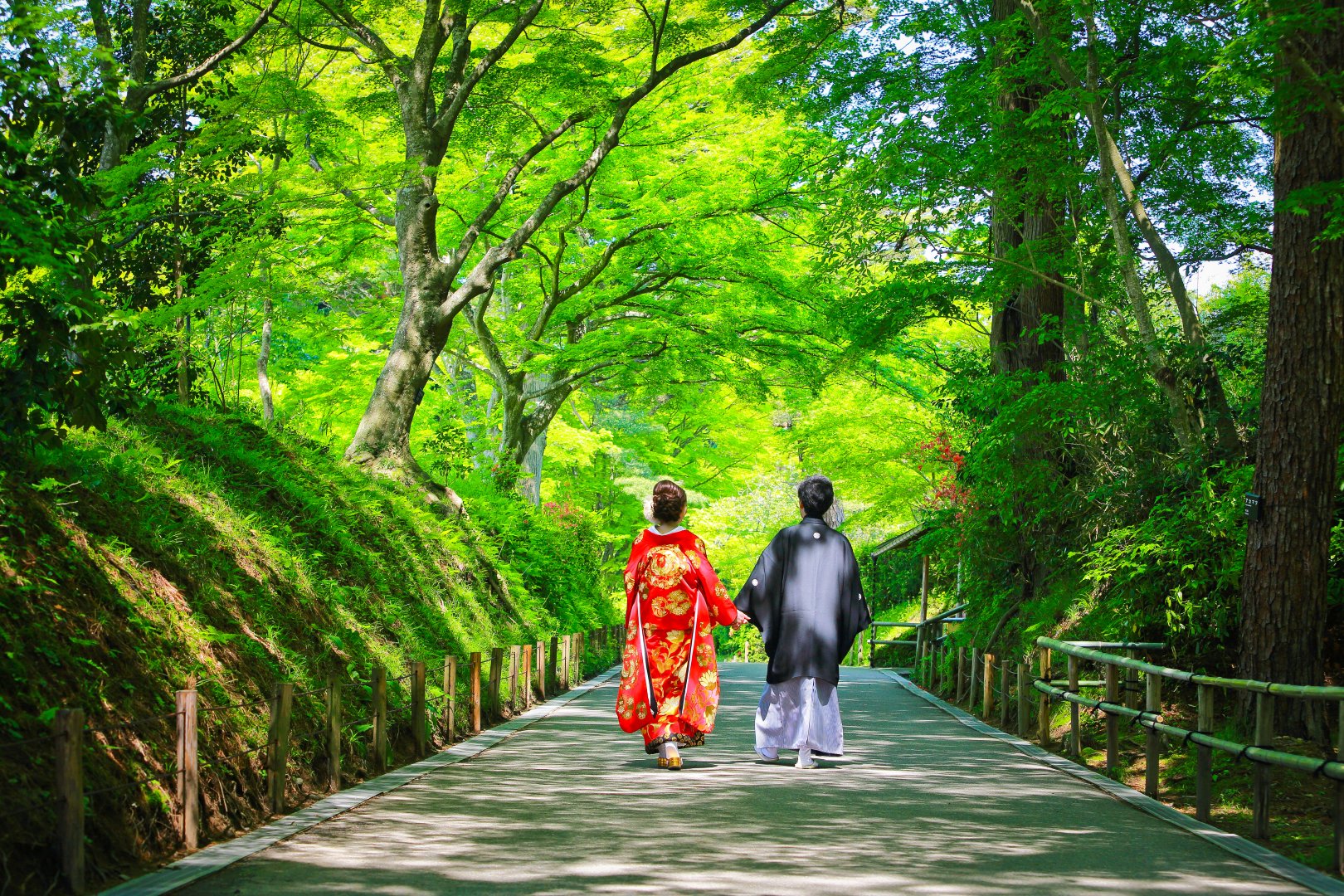
Chusonji Temple
A famous temple in Hiraizumi known for Konjikido, registered as a World Heritage site.
中尊寺|和装結婚式詳細
Moetsuji Temple
A World Heritage Site with a beautiful Pure Land Garden from the Heian Period. A Buddhist ceremony in a solemn space decorated with the natural beauty of the four seasons.
毛越寺|和装結婚式詳細Shrines and Temples of Miyagi Prefecture
Miyagi Prefecture, where Date culture is still alive, is home to Aoba Shrine and Zuiganji Temple, both associated with the Sendai clan, and Shiogama Shrine on Matsushima, one of the three most scenic spots in Japan, Miyagi Prefecture is dotted with shrines and temples that are historically and culturally important. These traditional and prestigious settings make for memorable wedding ceremonies.
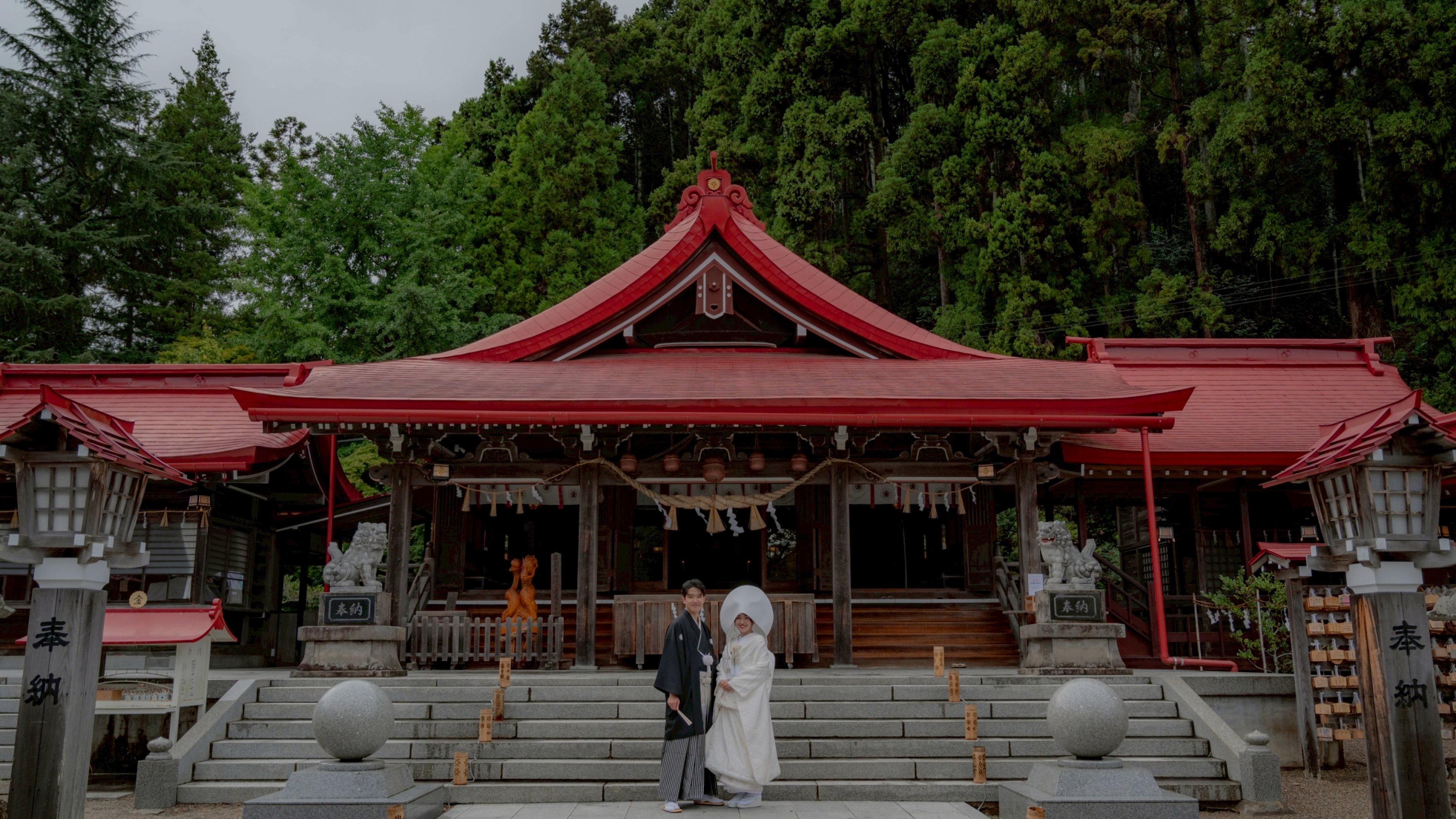
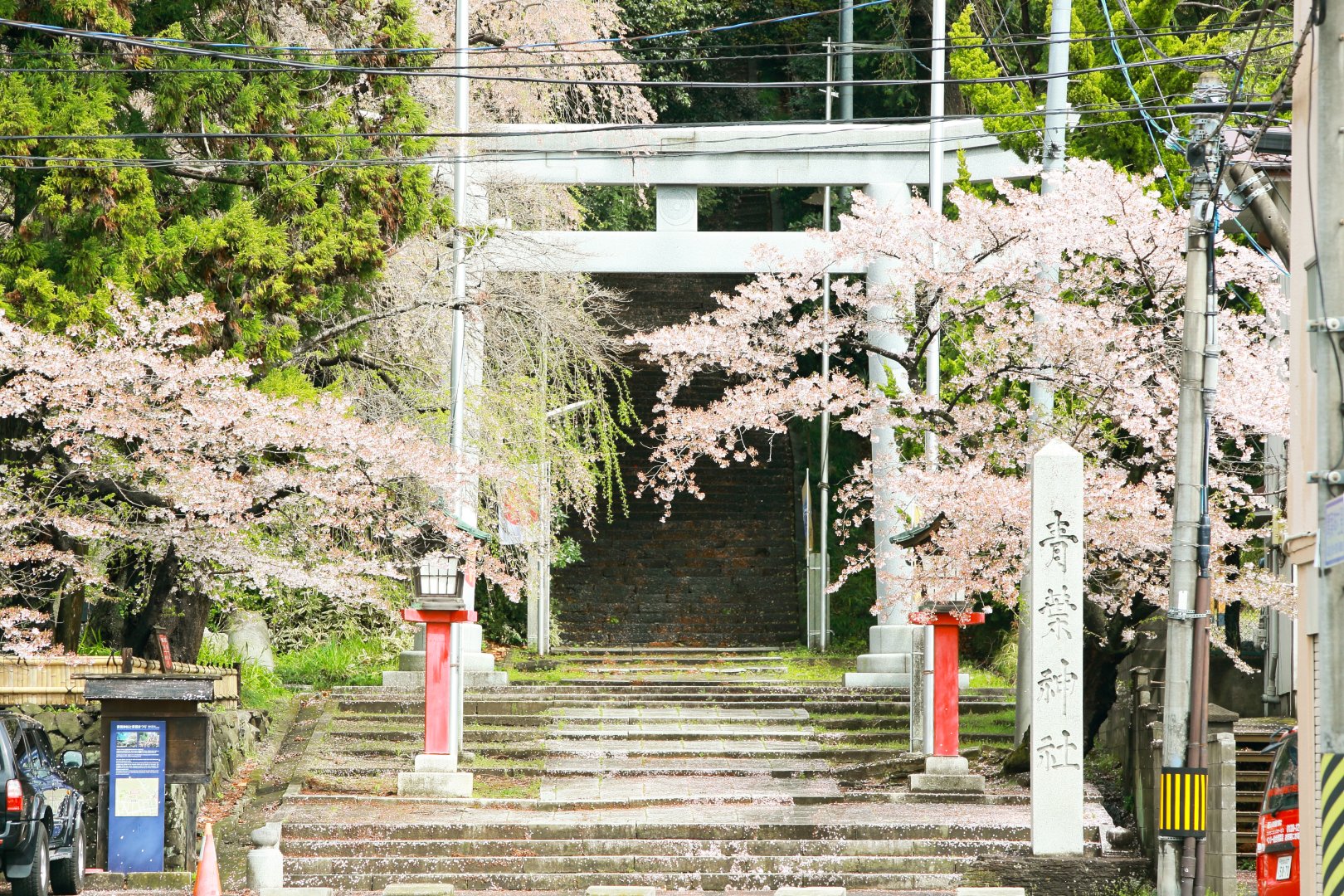
Aoba Shrine (the outer shrine of Aoba Shrine)
A shrine dedicated to Lord Date Masamune, located on a hill above the ruins of Sendai Castle. Although located in the heart of the city, a prestigious Shinto ceremony is held in a lush green setting.
青葉神社|和装結婚式詳細
Atago Shrine
This historic shrine sits on a hill overlooking the city of Sendai. It is well-loved by the local people because of its location.
愛宕神社|和装結婚式詳細
Miyagi Gokoku Shrine
A historic shrine located in Aoba Ward, Sendai City. A solemn Shinto ceremony is held in a quiet environment.
宮城縣護國神社|和装結婚式詳細
Osaki Hachimangu Shrine
This shrine is associated with the Date family and has a shrine pavilion designated as a national treasure. A Shinto ceremony is held in a prestigious, traditional style.
大崎八幡宮|和装結婚式詳細
Sendai Toshogu Shrine
Toshogu Shrine features gorgeous decorations enshrining Ieyasu Tokugawa. A prestigious wedding ceremony in the grounds surrounded by nature in each of the four seasons.
仙台東照宮|和装結婚式詳細
Shiogama Shrine
This historic shrine is located in Shiogama in Matsushima, one of the three most scenic spots in Japan. It enshrines the god of the sea and is revered as a god of good fortune.
鹽竈神社|和装結婚式詳細
Takekoma Shrine
The head shrine of Inari Shrine, of which there are approximately 280 throughout Japan. It is a shrine with a long history, known for its blessings for prosperous business and family safety.
竹駒神社|和装結婚式詳細
Howaoka Tenmangu Shrine
A shrine dedicated to Sugawara Michizane, the god of learning. It is easily accessible from Sendai Station and offers a quiet space in the city for weddings.
榴岡天満宮|和装結婚式詳細Zuiganji Temple, Matsushima
Zuiganji Temple, located in the center of Matsushima, one of the three most scenic spots in Japan, is also known as a temple associated with feudal lord Date Masamune, Zuiganji Temple is also known as a temple associated with Date Masamune, and is home to a number of national treasures and important cultural properties. A Buddhist ceremony in this solemn historical setting is an exceptional experience.
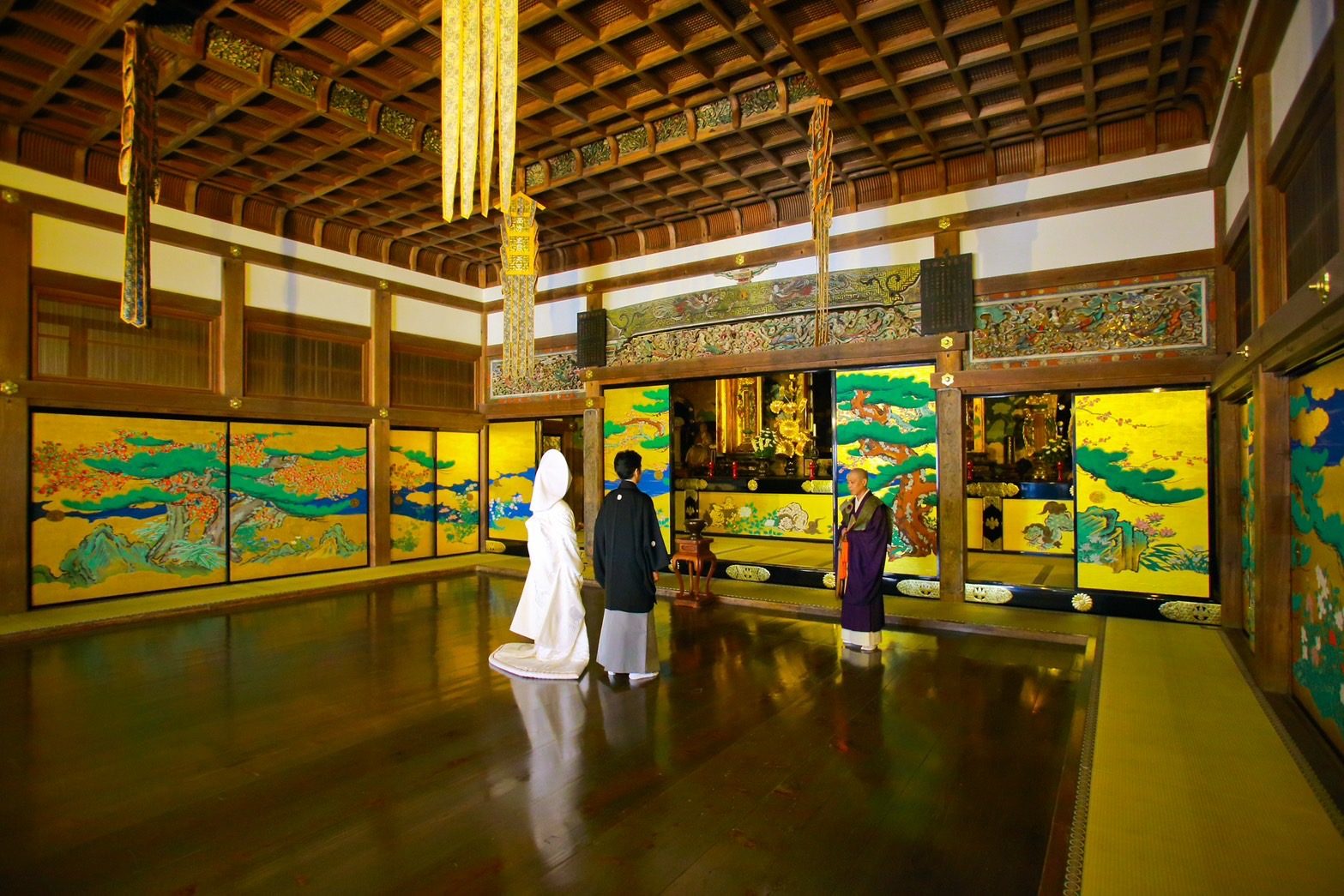
Zuiganji Temple
A temple of the Rinzai sect located in the center of Matsushima. Known as a temple associated with Date Masamune, it holds many national treasures and important cultural properties.
瑞巌寺|和装結婚式詳細Yamagata Prefecture Shrines and Temples
Yamagata Prefecture is a treasure trove of Shinto shrines and Buddhist temples, such as the Dewa Sanzan and shrines associated with the Uesugi family, where spiritual culture and history are deeply intertwined. We invite you to experience a traditional Japanese wedding in a solemn setting in harmony with the natural beauty of the four seasons.
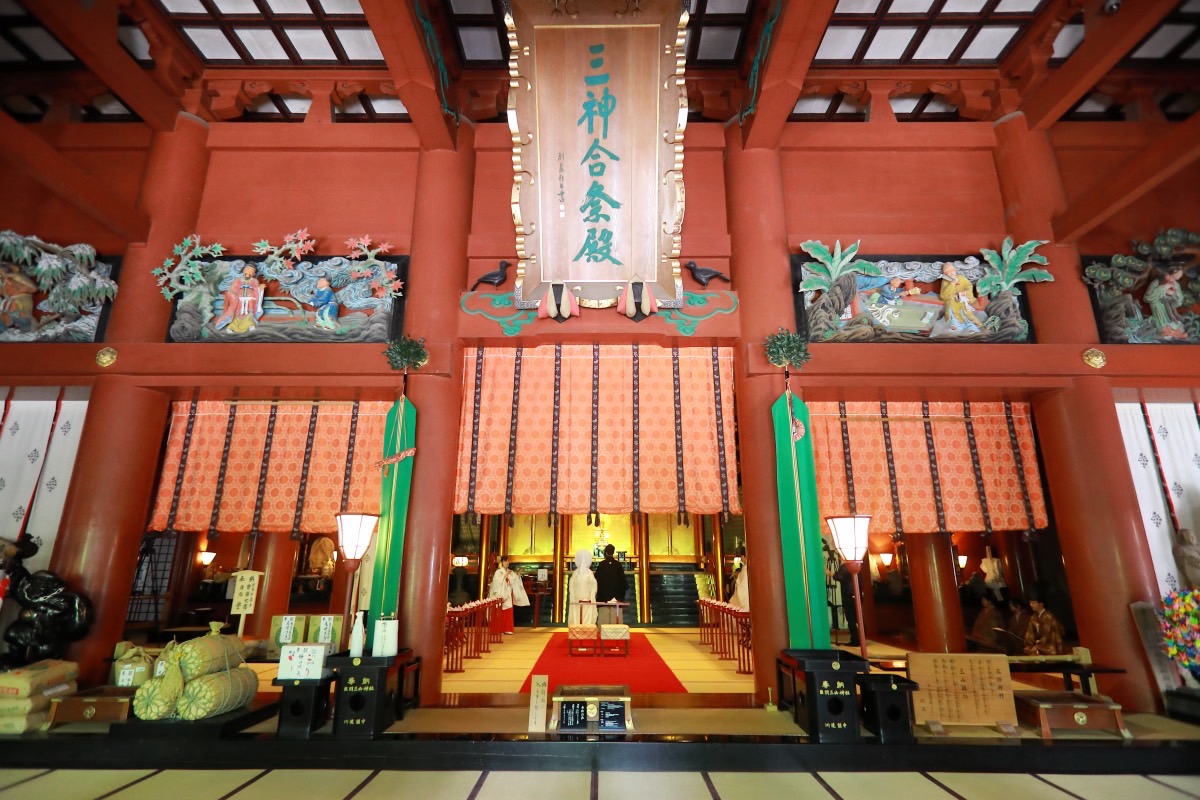
Dewa Sanzan Shrine
Tsukiyama, Haguro, and Yudono, the sacred site of Shugendo. Shinto ceremonies are held in a mystical space where nature and faith merge.
出羽三山神社|和装結婚式詳細
Shonai Shrine
The shrine is revered by the people of the region as the chief guardian of the Shonai area. A traditional Shinto ceremony is held in a solemn atmosphere.
荘内神社|和装結婚式詳細
Suwa Shrine
A historic shrine located in the center of Yamagata City. It is well-loved by local residents and surrounded by beautiful nature throughout the four seasons.
諏訪神社|和装結婚式詳細
Uesugi Shrine
The shrine is dedicated to Kenshin Uesugi, the feudal lord of Yonezawa. A formal Shinto ceremony can be held in the solemn precincts where pine trees thrive.
上杉神社|和装結婚式詳細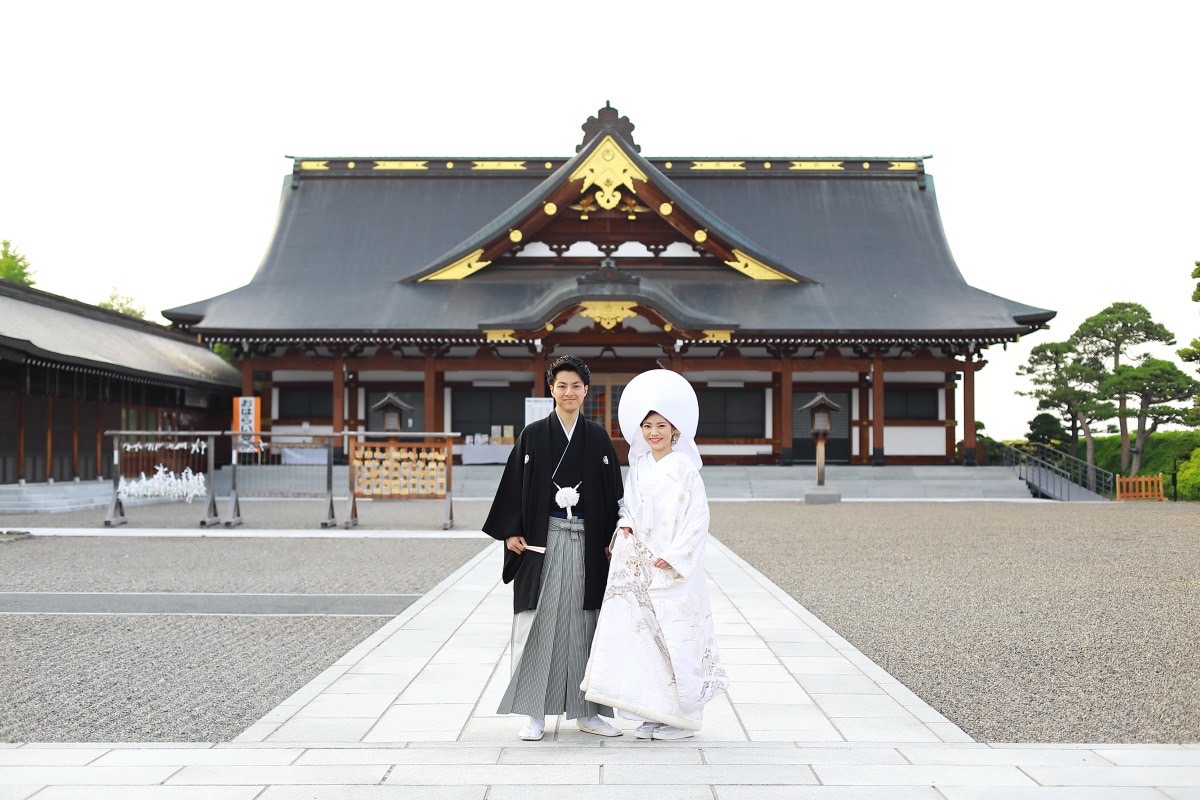
Yamagata Gokoku Shrine
A solemn shrine located in Kasumigajo Park in Yamagata City. A prestigious Shinto ceremony is held in a tranquil environment in harmony with the surrounding nature.
山形県護国神社|和装結婚式詳細Inquiries about weddings at Shiogama Shrine
If you have any questions or concerns about a prestigious wedding ceremony at Shiogama Shrine,
Please feel free to contact us using the form below or by phone.
Our professional wedding planners will be happy to assist you.
Contact us by phone: 022-794-7720
(Hours: Weekdays 10:00-18:00)
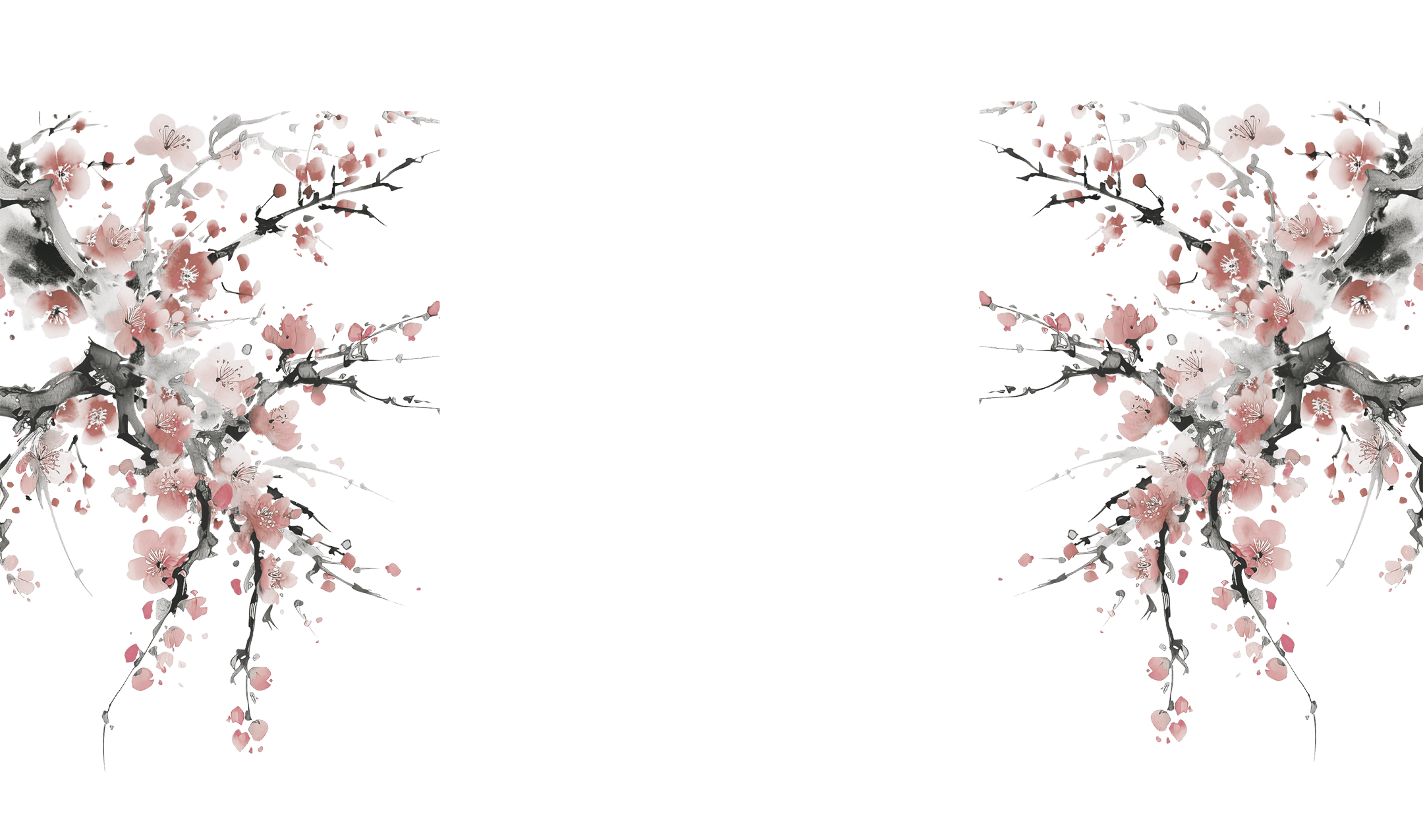
Timeless Traditions,
Endless Love
Clad in tradition,
A vow for the future.
